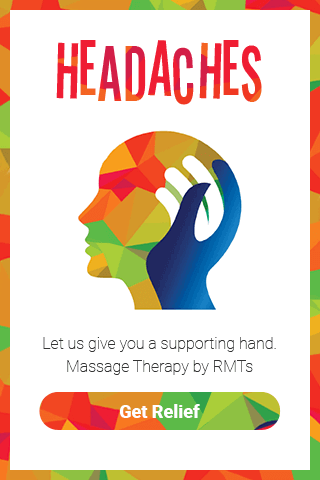Study: Massage Therapy Shows Promise for Cancer-Related Pain.
Massage therapy shows promise for reducing pain intensity and severity, as well as fatigue and anxiety in cancer populations compared to the active comparators evaluated in a new systematic review.
This is the conclusion of a collaborative meta-analysis of research on massage therapy for pain conducted by Samueli Institute, in Alexandria, Va., and commissioned by the Massage Therapy Foundation, with support from the American Massage Therapy Association (AMTA). This review and analysis is published in the August issue of the journal Pain Medicine.
The study concludes that patients should consider massage therapy as a therapeutic option to help manage their cancer pain.
Pain is the most common and debilitating symptom among cancer patients. While the exact prevalence of pain varies depending on the type and stage of cancer, research shows that pain generally affects over 50 per cent of those undergoing cancer therapy. Up to 90 per cent of people with advanced cancer experience pain.
According to a 2007 meta-analysis, which pooled data from 52 studies, the prevalence of pain was found to be approximately 59 per cent among patients undergoing active cancer treatment and over 50 per cent across all cancer types, with the highest pooled prevalence of 70 per cent among head/neck cancer patients.
These figures convey that cancer pain is perhaps not adequately addressed by the current health-care system and underscore the significant challenges faced by treating oncologists and other medical professionals in the field of cancer pain management, the AMTA said in a news release.
Cancer pain can range from mild to severe and from acute to chronic. Pain management can be challenging; not only can cancer pain be spontaneous, as in the case with the emergence of breakthrough pain (i.e., sudden, transient exacerbation of pain intensity in patients with stable and controlled chronic pain) despite continued administration of analgesics, but it can also affect patients physically, emotionally, socially and spiritually. Patients often experience significant anxiety and depression, as well as insomnia, fatigue, weakness and other complications that can exacerbate each other, impair normal daily activities, and negatively impact quality of life.
Specific factors surrounding the massage protocol, as well as selection of appropriate controls and standard outcomes, need to be well-understood before definitive clinical conclusions and recommendations regarding the use and implementation of massage can be made for cancer pain at a policy level, the AMTA said.
“However, this review’s promising results appear to warrant investment of time and resources into future research aimed at addressing these aforementioned gaps in order to ultimately consider massage therapy a standard treatment for cancer populations experiencing pain,” the association added.
Pain is multi-dimensional and may be better addressed through an integrative approach. Massage therapy is commonly used among people seeking pain management and research has generally supported its use. But, until now there has been no published, rigorous review of the available research and evidence for its efficacy for pain populations, especially for cancer populations, according to the AMTA.
This systematic review and meta-analysis is the first to rigorously assess the quality of massage therapy research and evidence for its efficacy in treating pain, function-related and health-related quality of life in cancer populations. It is the second of a three-part series of articles which assessed research on massage therapy for various aspects of pain.
Author: Massage Therapy Canada staff
Date: August 23, 2016
